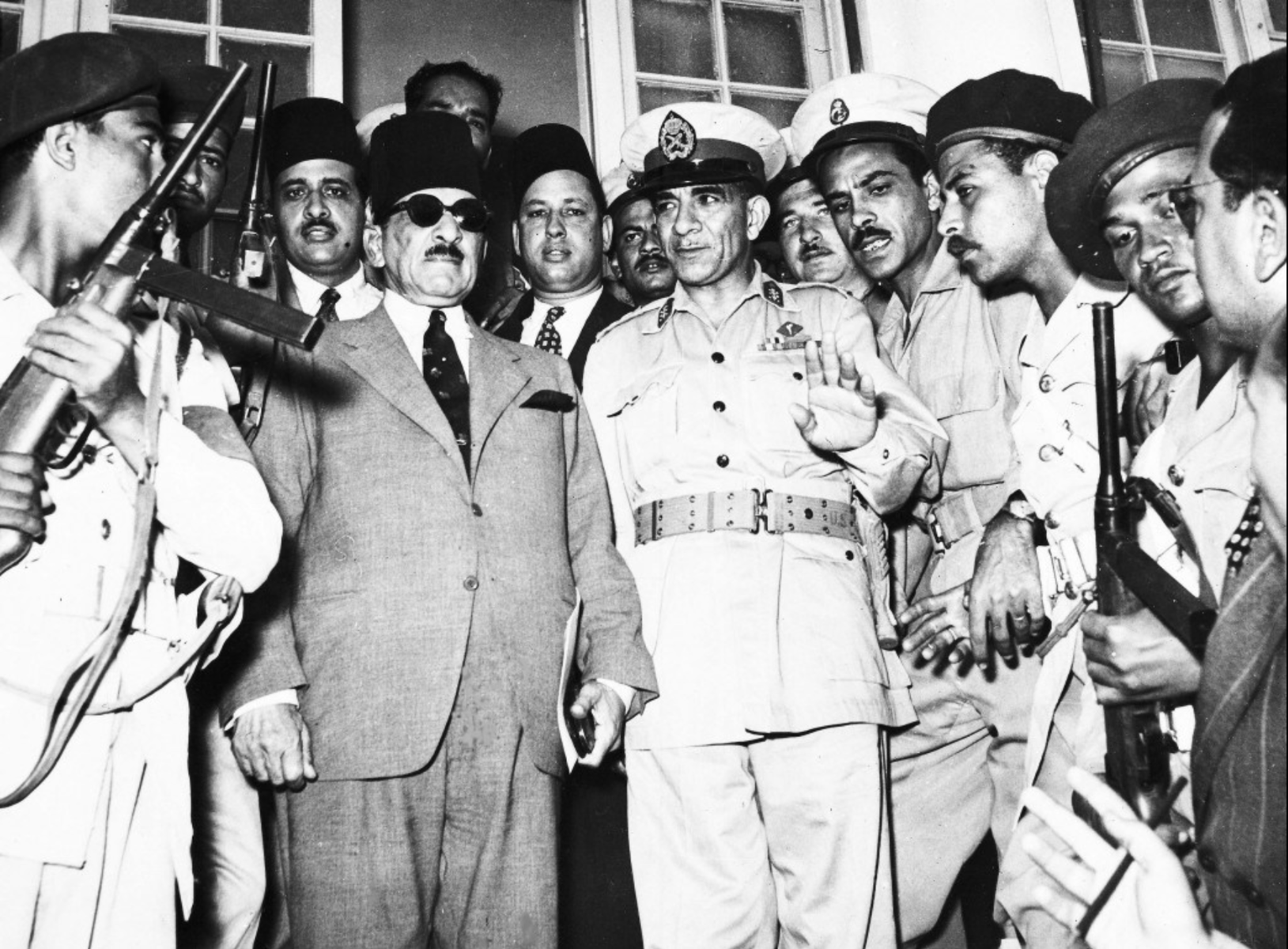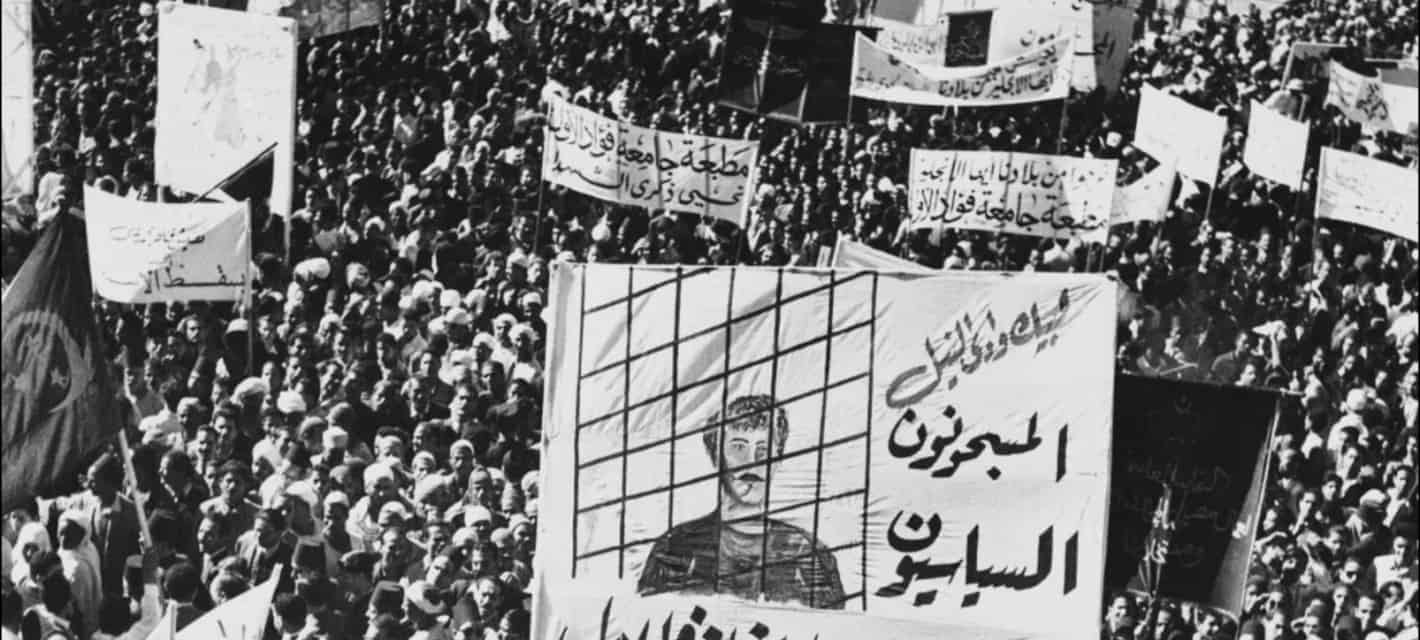The Egyptian coup of 1952, better known as the July 23 Revolution, was an attempt to overthrow the reigning King Farouk and oust the British occupation.
The Free Officers, a group of Egyptian nationalist officers in the armed forces led by Mohammed Naguib and Gamal Abdel Nasser, instigated the movement. The goal of the July 23 Revolution was not only to abolish the monarchy and Egyptian aristocracy, but to establish a republic, end the British occupation, and create an independent Sudan, which was, at the time, under Anglo-Egyptian co-dominion.
The Cairo Fire, also known as Black Saturday, was a series of riots that took place in January of 1952 in downtown Cairo in response to 50 Egyptian police officers being killed by British occupational forces. Over 750 buildings were burned and looted. These riots are known as the precursor to the July 23 Revolution.
At 7:30 in the morning, future president and Free Officer Anwar Sadat broadcasted the news of the coup.
“Egypt has passed through a critical period in her recent history characterized by bribery, mischief, and the absence of governmental stability. All of these were factors that had a large influence on the army. Those who accepted bribes and were thus influenced caused our defeat in the Palestine War [1948]. As for the period following the war, the mischief-making elements have been assisting one another, and traitors have been commanding the army. They appointed a commander who is either ignorant or corrupt. Egypt has reached the point, therefore, of having no army to defend it. Accordingly, we have undertaken to clean ourselves up and have appointed to command us men from within the army whom we trust in their ability, their character, and their patriotism. It is certain that all Egypt will meet this news with enthusiasm and will welcome it. As for those whose arrest we saw fit from among men formerly associated with the army, we will not deal harshly with them, but will release them at the appropriate time. I assure the Egyptian people that the entire army today has become capable of operating in the national interest and under the rule of the constitution apart from any interests of its own. I take this opportunity to request that the people never permit any traitors to take refuge in deeds of destruction or violence because these are not in the interest of Egypt. Should anyone behave in such ways, he will be dealt with forcefully in a manner such as has not been seen before and his deeds will meet immediately the reward for treason. The army will take charge with the assistance of the police. I assure our foreign brothers that their interests, their personal safety [lit. “their souls”], and their property are safe, and that the army considers itself responsible for them. May God grant us success [lit. “God is the guardian of success”].” – A. Sadat
By July 25, the army had occupied Alexandria, where King Farouk lived in the Montaza Palace. Farouk was forced to abdicate and was replaced by his son. King Farouk was exiled on July 26, and he set sail for Italy. The monarchy was officially abolished on June 18, 1953, and General Naguib was appointed as the first president and prime minister. Gamal Nasser was appointed Deputy Premier and Minister of the Interior.


















